Things worth knowing about
Crystalline Gold
Gold Crystallizes in the cubic system. Thanks to the tremendous number of possible growing patterns, we are rewarded with a seemingly never ending display of natural works of Art.
The combinations of the simple 6 sided Hexaeder structure with more complex Crystalline arrangements consisting of 8, 12, 24 or even 48 sides as in the infinitely more intricate Hexakisoktaeder, in addition to the habit of twinning allows the Gold Crystals to grow in a myriad of bizarre shapes and contours. So much so, that at times these natural growths are hardly recognisable as crystalline structures. These formations evolve, from aggregates that can be the shape of cubes, double ended Pyramids or a close approximation of a Soccer Ball, in to Wire Gold that looks like a loosely intertwined piece of String or sheets of golden Foil thinner than a Newspaper Page. Not forgetting some of the Dendritic Gold which can assume the shapes of forked Tree Branches, Ferns or the outline of a Citadel of the middle ages on the Horizon. Looking at these miracles of mother nature through a Microscope, is like gazing at a small version of the Universe and one can be left almost breathless by itís beauty.
Most of these spectacular specimen come from primary Deposits and are exceptionally rare.
Secondary Deposits only very seldom produce good Crystalline Gold Specimen with sharply outlined edges and facetís due to the natural weathering inflicted on this exceedingly soft precious Metal.
It does not bear to think about how many of these irreplaceable marvels of Nature have been destroyed in the process of mining for Gold or due to the practise of indiscriminate melting down of Gold finds over the eons.
| Goldcrystals |
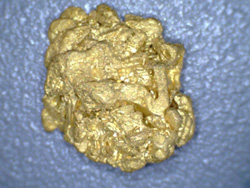 GC050 - 28.40g. 26.50mm X 21.70mm X 15.40mm CHF 2840.00 |
 GC052 - 9.90g. 21mm X 12mm X 11mm CHF 990.00 |
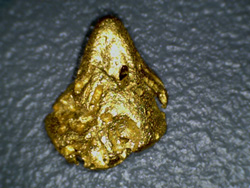 GC053 - 2.00g. 11.80mm X 9.70mm X 3.40mm CHF 200.00 |
 GC055 - 4.00g. 17.00mm X 13.20mm X 11.40mm CHF 400.00 |
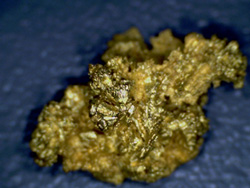 GC056 - 2.60g. 16.00mm X 11.00mm X 8.60mm CHF 260.00 |
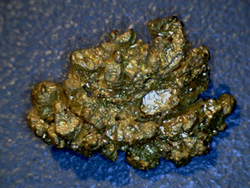 GC061 - 10.60g. 22.90mm X 17.20mm X 9.00mm CHF 1060.00 |
 GC063 - 1.18g. 12.00mm X 9.70mm X 6.00mm |
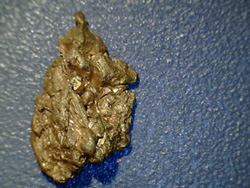 GC067 - 20.00g. 30.00mm x 17.30mm x 10.50mm CHF 2000.00 |
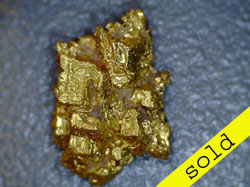 GC068 - 6.00g. 15.00mm x 10.00mm x 9.00mm |
 GC072 - 2.00g. 10.00mm x 7.00mm CHF 200.00 |
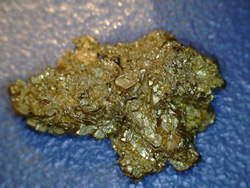 GC074 - 10.00g. 22.20mm x 16.50mm x 10.50mm CHF 1000.00 |
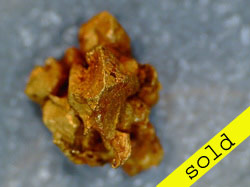 GC076 - 0.30g. 5.00mm x 4.50mm x 4.00mm |
 GC077 - 7.60g. 23.50mm x 15.30mm x 8.20mm CHF 760.00 |
 GC078 - 5.80g. 21.00mm x 18.70mm x 6.00mm CHF 580.00 |
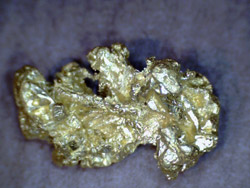 GC079 - 2.80g. 14.10mm x 8.80mm x 7.30mm CHF 280.00 |
 GC080 - 2.10g. 12.00mm x 11.40mm x 5.90mm CHF 210.00 |
 GC081 - 2.90g. 18.20mm x 9.60mm x 7.00mm CHF 290.00 |
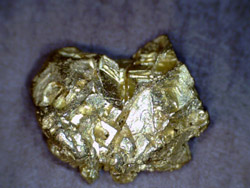 GC082 - 2.80g. 12.40mm x 11.00mm x 5.00mm CHF 280.00 |
 GC083 - 2.70g. 15.30mm x 10.00mm x 6.50mm CHF 270.00 |
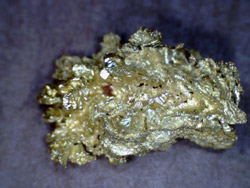 GC084 - 1.30g. 11.70mm x 8.10mm x 7.00mm CHF 130.00 |
 GC086 - 1.20g. 10.00mm x 7.30mm x 5.00mm |
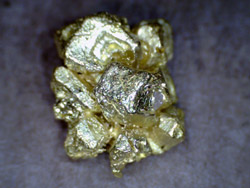 GC087 - 1.20g. 8.60mm x 5.00mm x 5.00mm CHF 120.00 |
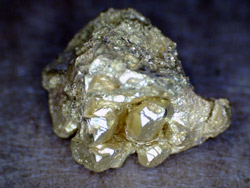 GC088 - 1.00g. 7.30mm x 5.50mm x 5.00mm CHF 100.00 |
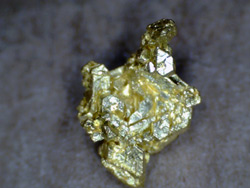 GC089 - 0.20g. 6.80mm x 4.60mm x 3.90mm CHF 20.00 |
 GC090 - 0.80g. 8.80mm x 6.00mm x 5.50mm CHF 80.00 |
 GC091 - 0.60g. 7.00mm x 5.90mm x 4.40mm CHF 60.00 |
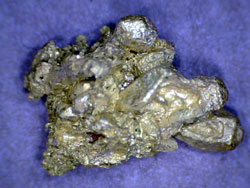 GC092 - 1.90g. 10.70mm x 7.40mm x 5.40mm / H CHF 190.00 |
 GC093 - 5.20g. 19.00mm x 10.50mmx 10.50mm CHF 520.00 |
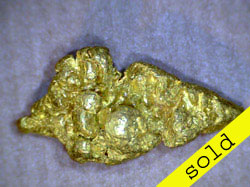 GC094 - 10.60g. 21.50mm x 12.50mm x 8.30mm |
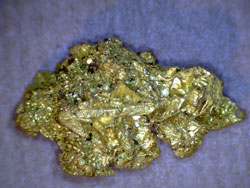 GC095 - 11.70g. 25.00mm x 16.40mm x 13.00mm CHF 1170.00 |
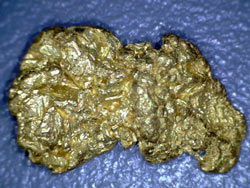 GC098 - 13.60g. 24.20mm x 16.50mm x 8.80mm CHF 1360.00 |
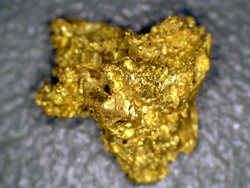 GC101 - 2.60g. 11.80mm x 11.50mm x 9.50mm CHF 260.- |
 GC103 - 2.90g. 13.20mm x 8.20mm x 4.30mm |
 GC106 - 2.20g. 8.50mm x 8.20mm x 6.00mm |
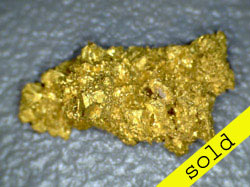 GC109 - 2.30g. 16.00mm x 9.60mm x 7.80mm |
 GC111 - 1.30g. 11.00mm x 7.30mm x 4.40mm |
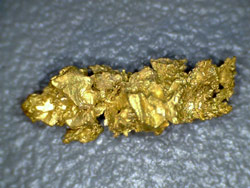 GC114 - 2.50g. 17.10mm x 8.90mm x 6.00mm CHF 250.00 |
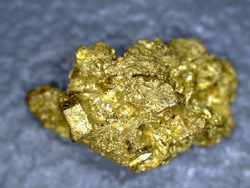 GC115 - 1.10g. 10.50mm x 6.30mm x 6.00mm CHF 110.00 |
| All above
information subject to change. Postage not included in price. |
| ^top^ |
| Goldcrystal_Specimen |
 GCS008 - 1.50g. 13.30mm x 9.00mm x 6.00mm / Q + H CHF 150.00 |
 GCS010 - 7.80g. 20.00mm x 15.00mm x 10.50mm / Q CHF 624.00 |
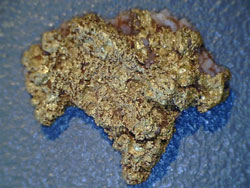 GCS011 - 14.20g. 25.70mm x 21.80mm x 7.70mm / Q CHF 1136.00 |
 GCS013 - 0.40g. 7.30mm x 4.00mm x 4.90mm / L CHF 32.00 |
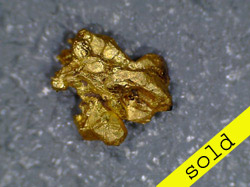 GCS022 - 0.10g. 4.10mm x 3.70mm x 2.00mm / Q + H |
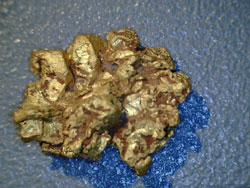 GCS023 - 21.40g. 24.50mm x 20.00mm x 13.00mm / Q + L CHF 2140.00 |
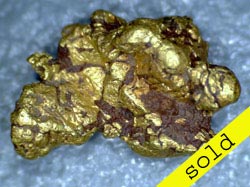 GCS029 - 1.30g. 9.90mm x 6.40mm x 4.50mm / L |
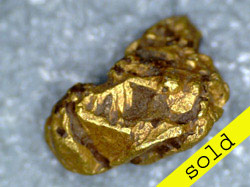 GCS030 - 0.60g. 7.00mm x 6.40mm x 3.70mm / H + L CHF |
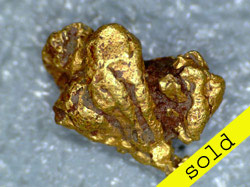 GCS031 - 0.50g. 7.00mm x 6.00mm x 3.50mm / H + L CHF |
| Minerals
attached to specimen are: Q=Quarts, H=Hematite, L=Laterite |
| All above
information subject to change. Postage not included in price. |
| ^top^ |